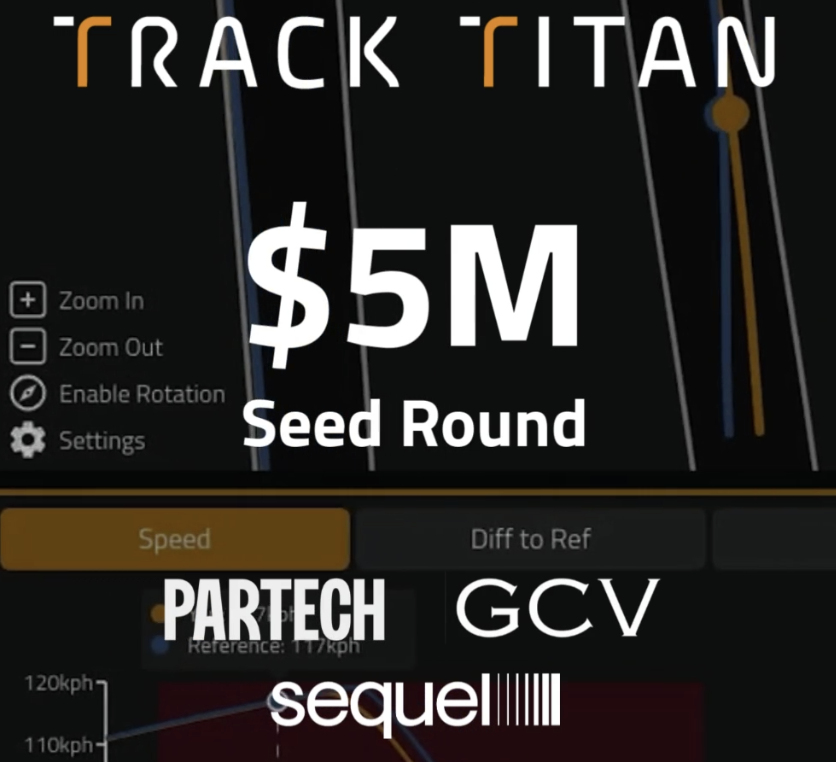Lamborghini Huracan GT3 EVO2 COTA HYMO Hot Lap Analysis
Let’s take a look at this hot lap of COTA in the Lamborghini Huracan GT3 EVO2 driven by HYMO.
The Track
This challenging, technical circuit can present difficulties in configuring your car setup. Negotiating the twists and turns of corners like Turn 1, Turn 11, and Turn 18 at Circuit of the Americas (COTA) requires a delicate balance. Luckily, HYMO has you covered, providing the exact setup featured in this impressive lap video HERE.
Established in 2012, Circuit of the Americas is a renowned racetrack recognized globally. Hosting the Formula One United States Grand Prix since its inception, the circuit offers a mix of challenging features, including elevation changes, intricate corners, and blind apexes. Additionally, it has been a key venue for the FIA World Endurance Championship, solidifying its status in the racing world.
Analysis
Let’s use the Track Titan software to compare a community driver to the HYMO driver through Turn 12. This is a tight left hander after a very long straight, so getting the braking right is essential.
We can see from the braking data that the HYMO driver (in light blue) uses trail braking, which rotates the car through the corner, while also helping them keep up momentum for the exit. The community driver on the other hand, doesn’t use trail braking which means the car doesn’t rotate as much, meaning they have to slow down even more to be able to turn the car through the corner. They then don’t use all of the available track on the exit of the corner, further slowing them down compared to the HYMO driver.

You can analyse every other turn in the Track Titan platform; see reference lap here.
You can also take it to the next level and compare it against your own driving, just sign up to Track Titan for FREE today here.
Hot Laps Top Tips
A crucial aspect of sim racing that can help drivers improve their lap times is understanding and optimising car setups. Much like its real-life counterpart, sim racing allows you to modify various parameters of your vehicle, including suspension stiffness, ride height, wing angles for aerodynamics, gear ratios, and tire pressure, among others. Each of these adjustments can significantly affect how the car handles on track, and even minor tweaks can lead to improved performance.
Developing the skills to fine-tune these settings to suit specific tracks and driving styles can lead to significant gains. For example, softer suspension may benefit handling on a circuit with lots of elevation changes and curbs, while stiffer suspension can be advantageous on a track requiring high-speed stability. Tire pressures can influence grip levels and tire wear, both critical factors during a hotlap attempt. By learning how to adapt the car setup for the unique challenges of each circuit, sim racers can extract every bit of performance from their vehicle, ensuring they are not only fast but also consistent over the duration of a stint. Commitment to understanding car setup is often what separates the fastest drivers from the rest in the racing world.
Need to test out your new setups on track? Join Track Titan today!




.png)





















